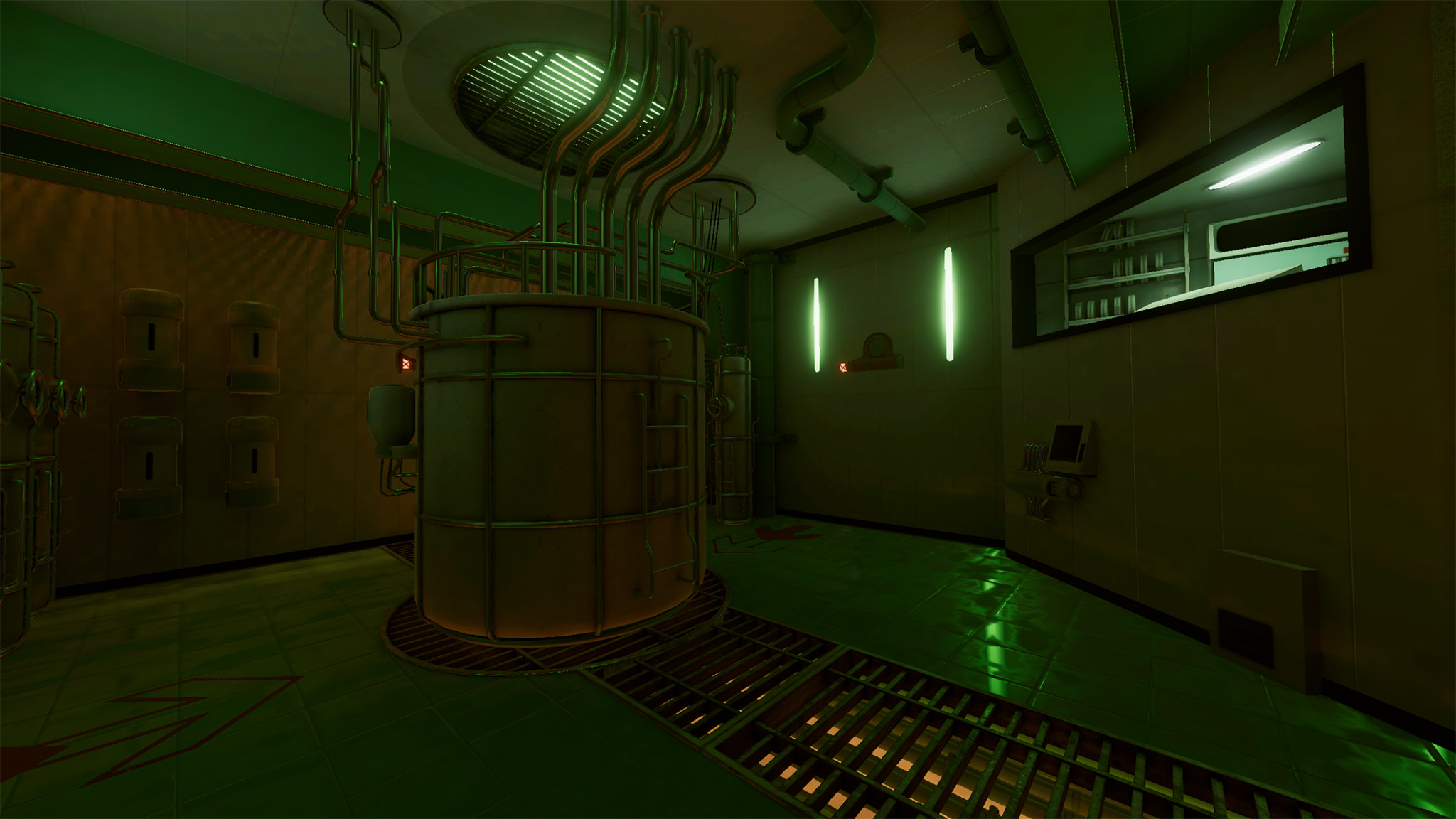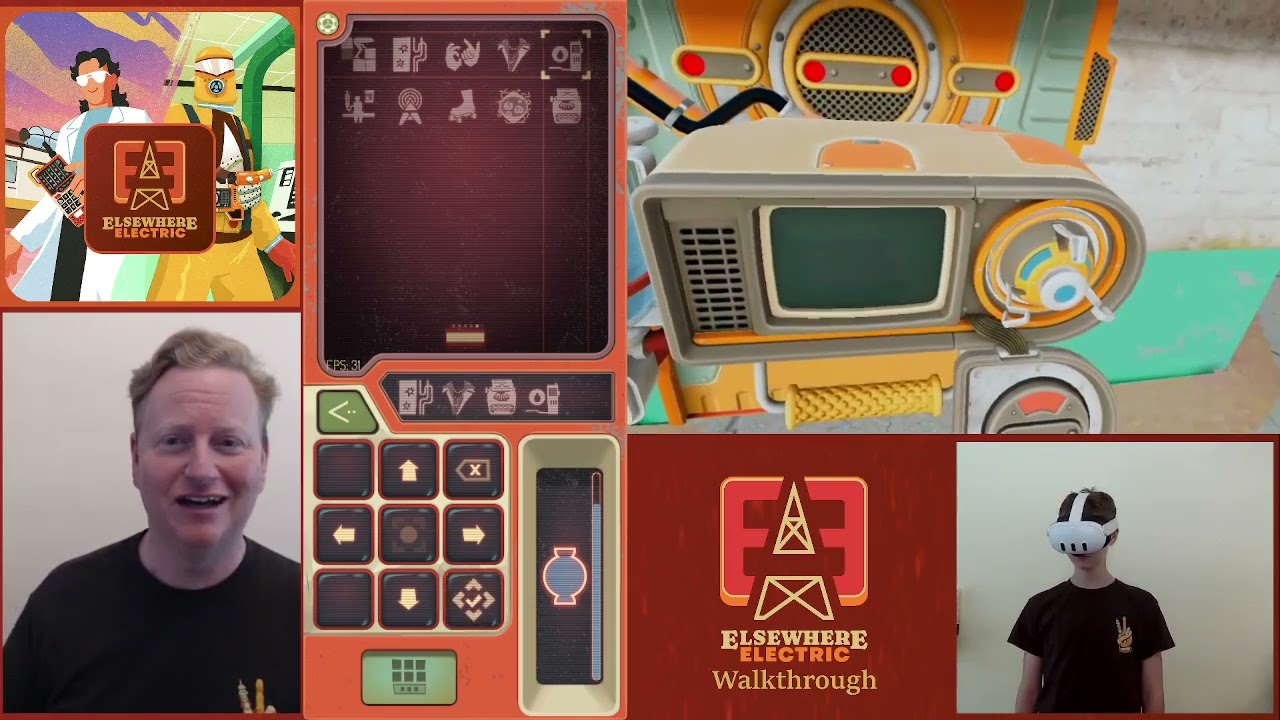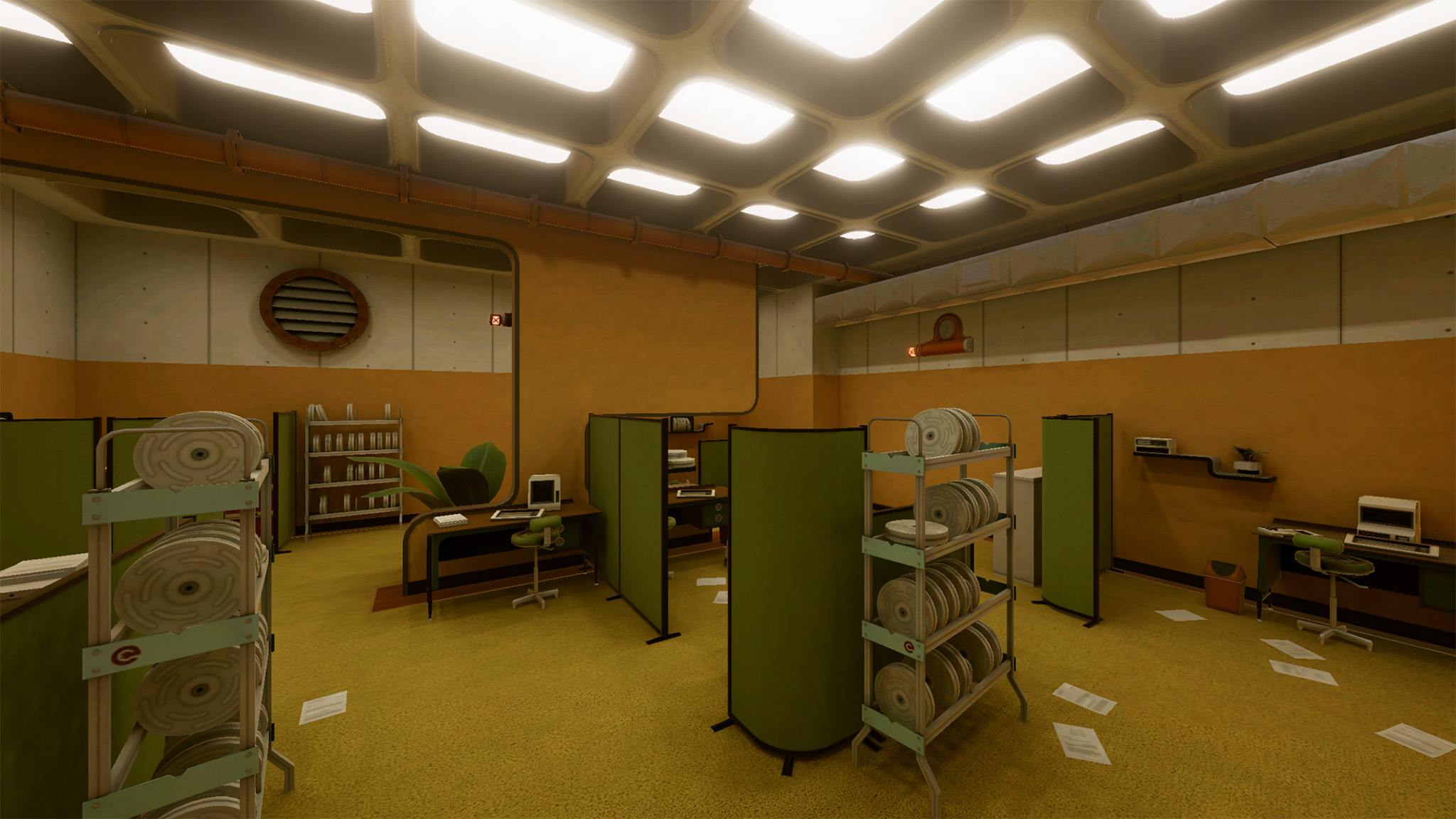Screen time has become a bit of a taboo in the modern world. Too many people often have their faces buried in their phones even when they’re in the same room as other people, but a new Meta Quest game is encouraging a unique use of screen time that I’ve never seen before.
AC thVRsday
In his weekly column, Android Central Senior Content Producer Nick Sutrich delves into all things VR, from new hardware to new games, upcoming technologies, and so much more.
Elsewhere Electric is a new asymmetric $25 Meta Quest game that tasks one player with donning a VR headset and infiltrating a mysterious office, while a second co-op player spends the entire session decoding puzzles on a bespoke phone app by the same name.
These two players work together in what can sometimes become a rough and tumble conversation, trying to figure out what the heck you’re supposed to do, all while solving elaborate puzzles to make it to the next room.
The game oozes with atmosphere that I’ve rarely felt outside the hallowed backrooms of Portal 2, where Cave Johnson’s backstory is juxtaposed with bouncy moon physics goo. Like Portal, there’s no combat to be had here, but the gadgets employed make this no less exciting, and the need for descriptive communication with your partner certainly brings up memories of when GLaDOS lied to me about cake.
Delivering the power

Games like Split Fiction and It Takes Two have significantly popularized the “forced” co-op game sub-genre, but Elsewhere Electric does things differently. Instead of playing on the same screen or even on the same platform, one player uses a smartphone app while the other is fully immersed on a Meta Quest headset.
Despite the VR player doing “most” of the work, there are very few moments of downtime for the smartphone player. In VR, the game always begins in the desert just outside of the facility you’re supposed to enter. The player on the smartphone begins by opening the van door for the VR player so they can fill up their “power glove,” as I’ll call it.
Aside from vaguely resembling the NES Power Glove accessory, the glove you wear in VR holds a small amount of liquid electricity that’s used to power the puzzles you come across in the game. Once your glove is full, you’ll turn around and head to the facility where the smartphone player will have to “hack” the elevator to send you underground.

Most puzzles in the beginning of the game revolve around the two players decoding strange symbols to activate a station of some kind. The VR player sees each symbol at a station, and the smartphone player has a list of several pages of symbols to choose from. Since the smartphone player never sees exactly what the VR player sees, you’ll need to work on your communication skills to accurately describe what you see.
Right off the bat, I noticed that most gamers I played this with were able to figure out how the game works in a matter of minutes. The smartphone UI is the hardest part to understand, as there’s no explanation offered for what you’re supposed to do. Poking around will reveal flashing icons that should be pressed from time to time, but this is never particularly obvious.
I played the game with my son and with a few other non-gamers, and all of them had the same frustrations. Without me specifically showing them what to click and where to go, they got annoyed enough to quit before helping me solve more than a few puzzles. Developer Games by Stitch has a nice walkthrough for the first few floors in the YouTube video below, but it’s a long video that could have been shortened to a few prompts in an intro tutorial.

Watch On
If you have the patience to get through the first three or four floors, you’ll be greeted with one of the coolest co-op games I’ve ever played. The style of this game is wholly unique, in my experience, and while it feels familiar at times, it never feels like more than maybe an homage to something amazing.
The 1970s-esque technology and decor found throughout the facility, plus the groovy soundtrack, lend to the already strange and palpably thick atmosphere. This place feels eerie, yet somehow comforting, in a way the vacant halls of Severance do on a happy day in the office.
That is, of course, until you come across your first invisible enemy. No doubt, the smartphone player will notice something amiss first, as a strange creature lurking behind the glass on the first floor can’t be spotted by the VR player. If the pieces don’t connect by the second area of floor 2, your VR friend is in trouble.

In this way, Elsewhere Electric requires the patience of a game like Dark Souls, as you’ll often die or fail an area only to have to come back and try it again. As with any puzzle room game, you’ll get through the area faster in subsequent attempts. Thankfully, though, this isn’t rogue-like and you’ll never have to solve the same room twice once you progress beyond it. The elevator always takes you to the most recent floor.
I dare not reveal too many of the game’s secrets for fear of spoiling some of the coolest things you’ll encounter in your time, but I will say that you need to be in the right mood to play this game. It’s one that uniquely hinges on quality communication, patience, and teamwork in a way I’ve never seen from co-op games.
In a way, only the Biped series of games requires this much constant teamwork and, even then, it’s a very different kind of teamwork from what’s expected of players in Elsewhere Electric. The only thing I want to see changed is the addition of a tutorial section. If Games by Stitch can get that added in a post-release update, this will easily be puzzle game of the year for me.
